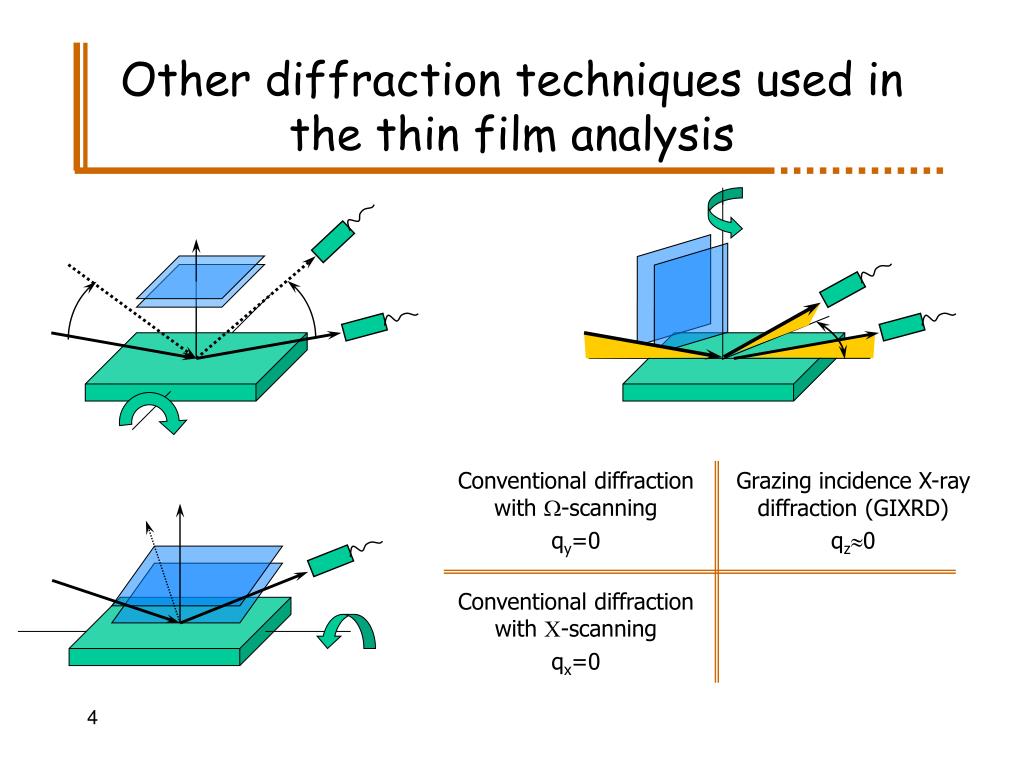
The argument can be extended to show that : The rays are half a wavelength out of phase because of the extra path length traveled by one ray in this case that extra distance is : In other words, the light from one half of the opening cancels out the light from the other half. These two rays would interfere destructively, as would rays 2 and 6, 3 and 7, and 4 and 8. In the diagram above, let's say that the light leaving the edge of the slit (ray 1) arrives at the screen half a wavelength out of phase with the light leaving the middle of the slit (ray 5). To see why this is, consider the diagram below, showing light going away from the slit in one particular direction. A big difference between the single and double slits, however, is that the equation that gives the bright fringes for the double slit gives dark fringes for the single slit. For the single slit, each part of the slit can be thought of as an emitter of waves, and all these waves interfere to produce the interference pattern we call the diffraction pattern.Īfter we do the analysis, we'll find that the equation that gives the angles at which fringes appear for a single slit is very similar to the one for the double slit, one obvious difference being that the slit width (W) is used in place of d, the distance between slits. With the double slit, each slit acted as an emitter of waves, and these waves interfered with each other. The analysis of the resulting diffraction pattern from a single slit is similar to what we did for the double slit. We discussed diffraction in PY105 when we talked about sound waves diffraction is the bending of waves that occurs when a wave passes through a single narrow opening. For red light of wavelength 600 nm, this would give a first order diffraction maximum at about 22°. This is in the range of ordinary laboratory diffraction gratings. The nominal track separation on a CD is 1.6 micrometers, corresponding to about 625 tracks per millimeter.

The tracks of a compact disc act as a diffraction grating, producing a separation of the colors of white light. The hydrogen gas in a thin glass tube is excited by an electrical discharge and the spectrum can be viewed through the grating. The illustration shows the hydrogen spectrum. It acts as a "super prism", separating the different colors of light much more than the dispersion effect in a prism. The diffraction grating is an immensely useful tool for the separation of the spectral lines associated with atomic transitions. However, angular separation of the maxima is generally much greater because the slit spacing is so small for a diffraction grating. The condition for maximum intensity is the same as that for a double slit. The relative widths of the interference and diffraction patterns depends upon the slit separation and the width of the individual slits, so the pattern will vary based upon those values. The overall grating intensity is given by the product of the intensity expressions for interference and diffraction. The intensities of these peaks are affected by the diffraction envelope which is determined by the width of the single slits making up the grating. There are multiple orders of the peaks associated with the interference of light through the multiple slits. This illustration is qualitative and intended mainly to show the clear separation of the wavelengths of light. Different wavelengths are diffracted at different angles, according to the grating relationship.Ī diffraction grating is the tool of choice for separating the colors in incident light. Orders 1 and 2 are shown to each side of the direct beam. When light of a single wavelength, like the 632.8nm red light from a helium-neon laser at left, strikes a diffraction grating it is diffracted to each side in multiple orders. The peak intensities are also much higher for the grating than for the double slit.

The condition for maximum intensity is the same as that for the double slit or multiple slits, but with a large number of slits the intensity maximum is very sharp and narrow, providing the high resolution for spectroscopic applications. A large number of parallel, closely spaced slits constitutes a diffraction grating.

This "super prism" aspect of the diffraction grating leads to application for measuring atomic spectra in both laboratory instruments and telescopes. When there is a need to separate light of different wavelengths with high resolution, then a diffraction grating is most often the tool of choice.


 0 kommentar(er)
0 kommentar(er)
